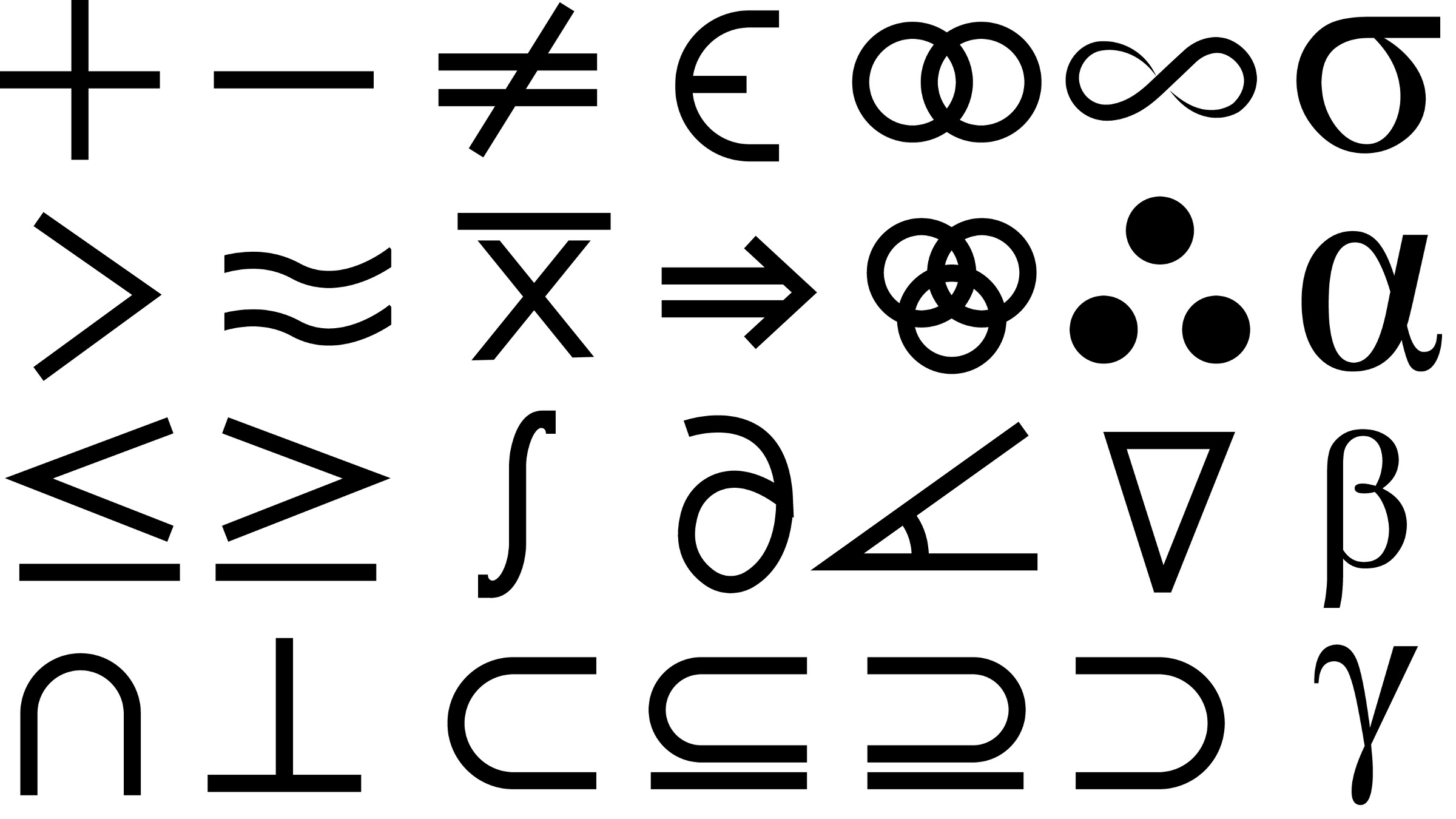Despite the new systems, safeguards, and laws introduced each year promising to protect our digital domain, none have managed to have the needed strength to win the war against hackers. Attacks are escalating; and the casualties (business, financial, health care, privacy, and national security, among others) are mounting on a global scale.
Last year goes on record as the worst year for computer viruses, marked by a distinctly disturbing trend in pollinating viruses that replicate and spread themselves. Moreover, security experts are predicting we will be hit much harder this year. The ever-expanding Internet and email popularity introduce intangible vulnerabilities. Even the FBI and the CIA are quite vocal in their warnings and fears over lack of effective e-weaponry to protect the national information infrastructure. And a new study from the Center for Strategic and International Studies states "The U.S., Russia, China, France, and Israel are developing cyberarsenals and the means to wage all-out cyberwarfare."
Clearly, no single tool, piece of encryption code, federal legislation, or international initiative will deter these threats. It will take thorough awareness of all the issues at hand and how best to address each defensive and preventive approach.
This issue features two very different special sections with one common thread: How to better understand what needs protecting in order to create truly effective, enforceable safeguards.
In Securing Network Software Applications, guest editors Imran Bashir, Enrico Serafini, and Kevin Wall, point out that security is all about managing risks. There are many access routes to and within any network system, and system attacks come from internal as well as external sources, thus making it imperative to address intranet and extranet applications. Some of the critical issues at hand, as addressed here, include access policies and restrictions, network confidentiality, content integrity, compromised software apps, and trust assumptions.
The next section, Intellectual Property for an Information Age, illustrates the challenges in creating a delicate balance of freedom and justice in a digital domain. Laws governing the physical world do not often translate to the e-world without compromise.
The guest editor and guiding light of this section, Pamela Samuelson, has been chronicling intellectual property issues for Communications readers for over a decade. As she recalls, many of the earlier years were focused on the legislative wranglings of software-related intellectual property. More recently, however, significant initiatives have arisen that will surely have deep ramifications in the world of information technology. The articles in this section examine five of the most pertinent examples of legal quandaries: Patent protection; digital copyright; legal database content protection; anticybersquatting law; and cybertrespassing.
Diane Crawford,
Editor



Join the Discussion (0)
Become a Member or Sign In to Post a Comment